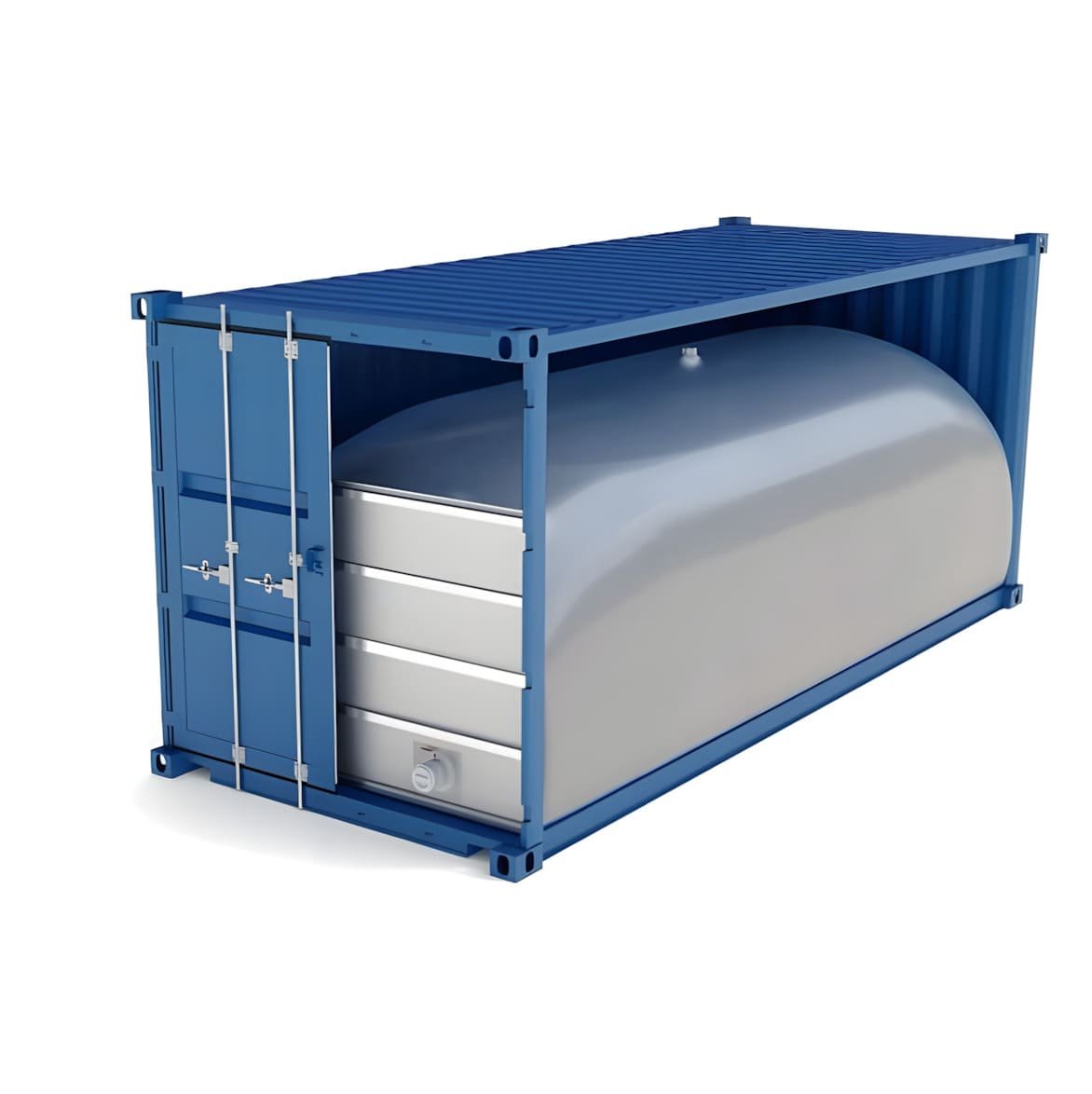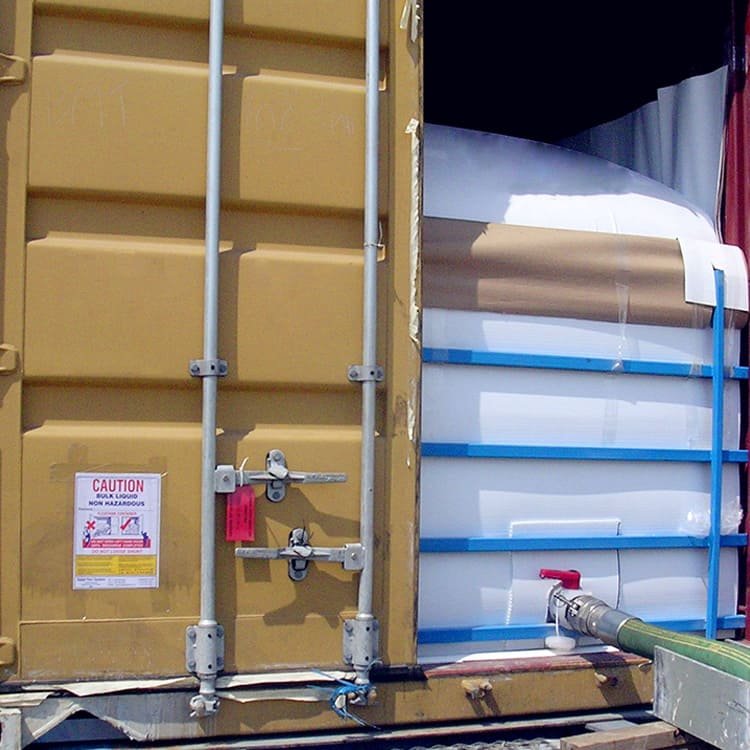
Ever tried loading a flexitank and wondered if you're doing it right?
Loading a flexitank properly starts with inspecting both the container and flexitank for defects. Ensure the flexitank is evenly positioned within the container. During loading, carefully monitor the fill rate and capacity to avoid overfilling, sticking to recommended limits for a safe transport.
Once, I faced a nerve-wracking moment while loading a flexitank filled with olive oil for a major client. I realized that even the smallest oversight could lead to disaster—like overfilling or an improper setup causing leaks. That's why understanding the nuances of loading flexitanks is not just about following steps; it's about preventing costly errors and ensuring smooth logistics operations. Here, I'll share more advanced techniques and considerations to help you master this critical process.
[claim claim="Flexitanks must be inspected for defects before loading." istrue="true" explanation="Inspecting flexitanks ensures they are free from defects, preventing leaks."]
[claim claim="Overfilling flexitanks is recommended for maximum efficiency." istrue="false" explanation="Overfilling can cause spills or damage; adhere to recommended limits."]
What Are the Key Steps in Pre-Loading Inspection?
Ever found yourself in a nail-biting situation where a last-minute shipment inspection could make or break your delivery deadline?
To ensure a successful pre-loading inspection, start by checking containers for damage, cleanliness, and label accuracy. This process helps avoid delays and ensures compliance with safety standards.
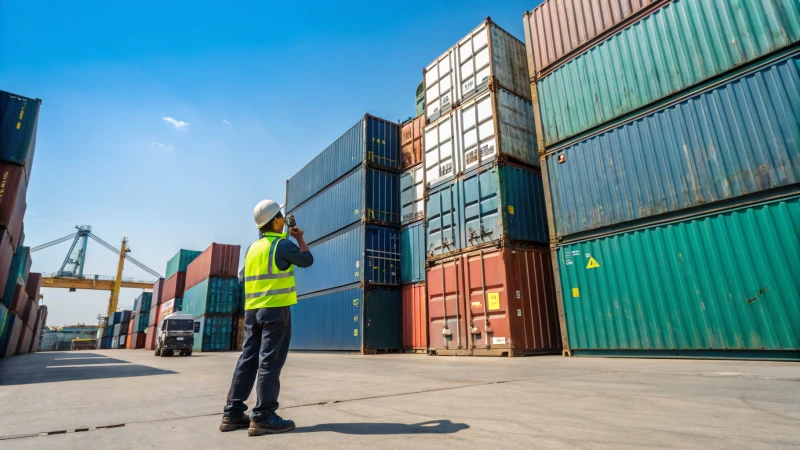
Inspecting Containers for Damage
I still remember the first time I had to inspect a container. I was sweating bullets, worried about missing something crucial. Now, I know that scrutinizing every inch for dents, rust, or any suspicious signs is key. Here's what I look for:
| Checkpoint | Details |
|---|---|
| Exterior Damage | Dents, rust, or holes |
| Interior Condition | Cleanliness, moisture presence |
| Seals and Locks | Functionality and secure closure |
Catching issues early saves me from headaches down the road during transportation1.
Ensuring Cleanliness and Dryness
Picture this: I'm crouched inside a container, flashlight in hand, inspecting every nook and cranny. Ensuring it's spotless feels like a personal mission, especially knowing the impact on product quality. Here's my routine:
- Remove debris and moisture.
- Conduct a thorough sweep.
- Use dehumidifiers if necessary.
This meticulous step is a lifesaver, especially in sectors like food and beverage2, where cleanliness is non-negotiable.
Verifying Material Integrity
When handling hazardous materials, I can't stress enough how crucial it is to ensure every label is spot-on and every package is intact. I've learned that even the smallest oversight can lead to big compliance issues. Key Considerations include:
- Label visibility and accuracy.
- Structural integrity of packaging.
- Appropriate certifications.
Proper labeling keeps us in line with regulatory standards3 and prevents legal nightmares.
Documentation and Compliance Checks
Maintaining a thorough record of inspections has become my secret weapon for smoother customs clearance. It’s like having a safety net of compliance. Essential records:
| Document Type | Purpose |
|---|---|
| Inspection Report | Details of checks conducted |
| Certification Proof | Compliance with industry regulations |
| Safety Checklists | Confirm adherence to safety protocols |
Having these documents at my fingertips is particularly advantageous when navigating the complexities of cross-border shipping logistics4.
[claim claim="Inspecting containers for damage is optional." istrue="false" explanation="Inspecting containers for damage is crucial to ensure structural integrity."]
[claim claim="Proper labeling prevents legal issues during transport." istrue="true" explanation="Accurate labeling ensures compliance with regulatory standards, avoiding legal problems."]
How Does Flexitank Installation Affect Loading Efficiency?
I remember my first flexitank installation—nervous but intrigued. The stakes were high, knowing efficiency depended on getting it right.
Proper flexitank installation is crucial for enhancing loading efficiency by ensuring even weight distribution, reducing loading time, and minimizing damage risks. This not only speeds up operations but also improves safety and cost-effectiveness.
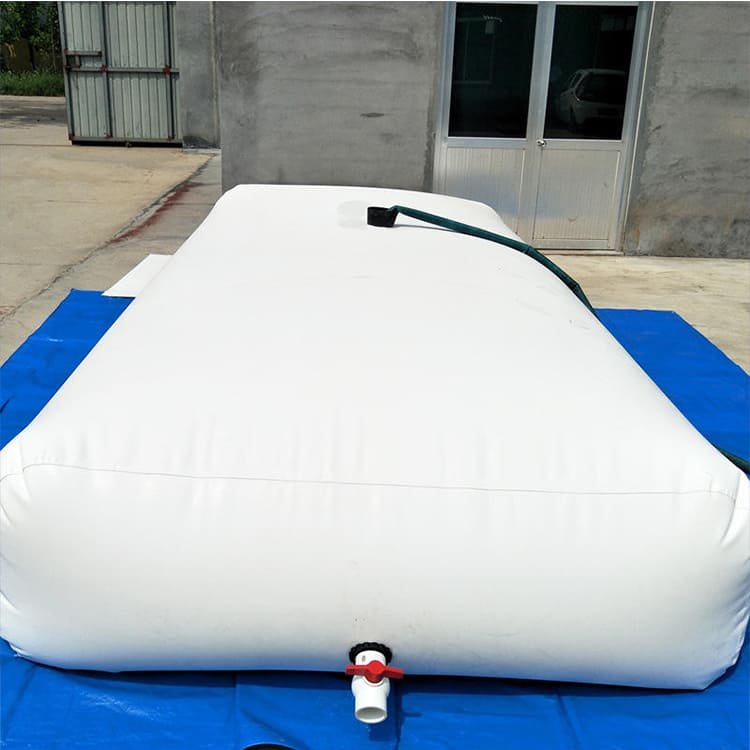
Importance of Proper Setup
Installing a flexitank requires precision to prevent operational delays5 and ensure loading efficiency. Misalignment can cause uneven weight distribution, leading to increased load times and potential damage.
| Installation Steps | Impact on Efficiency |
|---|---|
| Pre-loading inspections | Detects issues early |
| Correct positioning | Ensures load stability |
| Valve management | Speeds up fluid flow |
Weight Distribution
Imagine balancing a seesaw with just one person—it’s awkward and unsteady, much like a poorly installed flexitank in a container. Without proper weight distribution, there’s excessive strain on one side, slowing down the process and posing safety risks.
- Pre-loading inspections are essential to ensure containers are debris-free.
- Positioning properly avoids sharp edges, allowing an even spread.
Speed and Safety
I learned quickly that the right installation can drastically reduce loading times. Following a structured process optimizes the filling rate while preventing overfilling or spillage.
- Valve management: Proper valve use ensures smooth fluid flow.
- Hose connection: Secure connections are vital to minimize leaks and enhance safety.
Risk Reduction
The more I practiced, the more I realized how improper installation increases risks of damage or accidents. Ensuring the flexitank is correctly positioned and secured can make all the difference.
- Inspection checklists help maintain quality standards.
- Regular training for staff on best practices prevents errors.
By understanding the nuances of flexitank installation, I've seen firsthand how operators can significantly boost their logistical efficiency6, leading to safer and more cost-effective operations.
[claim claim="Proper flexitank setup prevents operational delays." istrue="true" explanation="Correct installation ensures even weight distribution, avoiding delays."]
[claim claim="Misaligned flexitanks increase loading speed." istrue="false" explanation="Misalignment causes uneven weight distribution, slowing loading."]
What Are Common Mistakes to Avoid During Loading?
Ever found yourself in a loading mishap that you just can't forget? We've all been there, whether it's in logistics or prepping for a marathon. Let's dive into the most common loading blunders and learn how to dodge them.
Avoid common loading mistakes by inspecting equipment thoroughly, ensuring correct installation, managing flow rates carefully, and monitoring capacity. This can prevent accidents and ensure efficient operations.
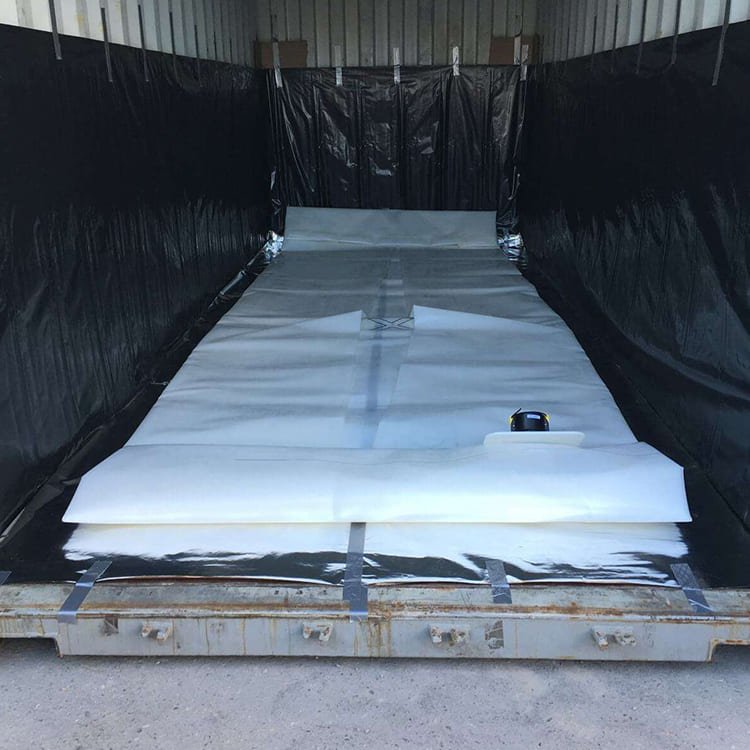
Pre-Loading Inspections
I remember the first time I was responsible for overseeing a loading process. I was so focused on getting everything done on time that I skipped a critical pre-loading inspection. It wasn’t until we were halfway through the loading that someone pointed out a small crack in the equipment. It was a close call that taught me the importance of checking for damages or defects7. Now, I always make sure the container is clean and dry to prevent any contamination or leaks.
Installation and Positioning
There was this one time when we had to install a flexitank, and I learned the hard way about proper positioning techniques. We didn’t pay enough attention to how it was placed, and sure enough, it ended up tearing during transit. Ever since, I ensure the flexitank is evenly placed with no sharp edges in sight.
| Installation Checklist | Description |
|---|---|
| Even Placement | No sharp edge contact |
| Proper Fastening | Fasten to all corners |
| Unrolling Flexitank | Ensure complete unrolling |
Preparation and Flow Rate Management
Managing flow rates can be tricky. I once started a loading process without adjusting the fill rate properly, which nearly led to overfilling. Now, I start with a slow fill rate and only increase it gradually, keeping a close eye on the recommended maximum.
Monitoring During Loading
Neglecting to monitor capacity can lead to serious issues. I learned this when a flexitank almost exceeded its maximum fill level because we weren't paying close attention. Ever since, I've been meticulous about moving hoses correctly to avoid entrapment between the container's side wall and ensuring we don’t exceed capacity limits.
Final Steps in Loading
Completing the loading process is all about attention to detail. There was an instance where a valve wasn't sealed correctly, leading to a minor spill. Since then, I've been extra cautious about sealing and securing all components. Making sure valves are closed properly and residual products are handled safely has become second nature for me.
For more detailed guidance on correct loading practices8, seeking insights from industry professionals can really help refine processes and enhance safety protocols.
[claim claim="Skipping pre-loading inspections leads to contamination risks." istrue="true" explanation="Pre-loading inspections ensure equipment is clean, preventing contamination."]
[claim claim="Correct flow rate management prevents overfilling issues." istrue="true" explanation="Managing flow rates avoids overfilling, reducing risk of mishaps."]
How Can You Optimize the Loading Process for Safety?
Ever find yourself in the whirlwind of logistics, where safety isn't just a checklist item but a heartbeat? Let me take you through some personal insights on how I've tackled the maze of loading processes.
To enhance loading safety, I've learned that starting with thorough pre-loading inspections, ensuring proper equipment setup, and adhering to clear loading guidelines can make a world of difference. Regularly monitoring capacity and using specialized tools help prevent accidents and maintain efficiency.
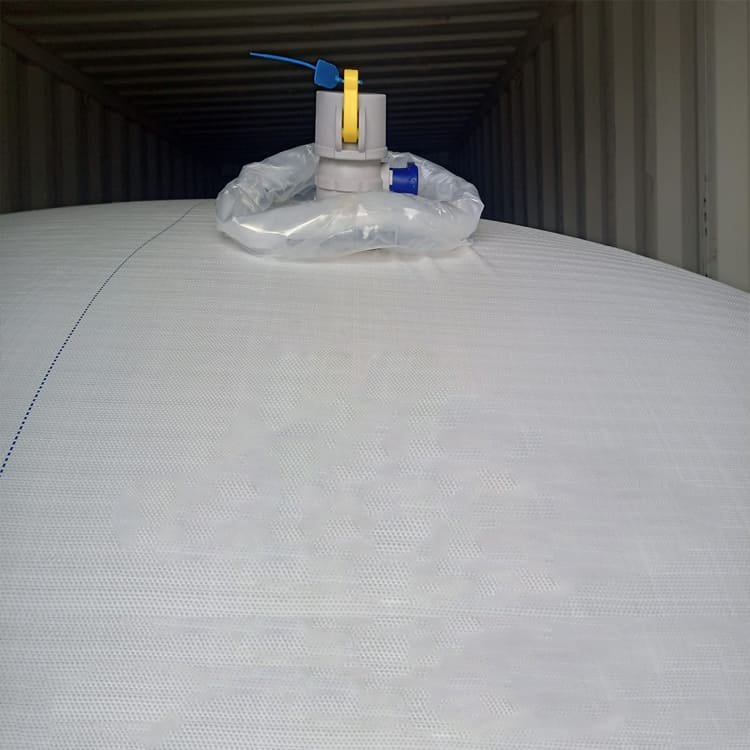
Conduct Pre-Loading Inspections
In my early days in logistics, a simple oversight during a pre-loading inspection taught me a valuable lesson. We had a minor mishap because we missed a loose bolt in our equipment. Since then, I've made it a ritual to meticulously inspect both vehicles and loading gear. I check for any damage or defects and make sure the loading area9 is clear of obstructions. This routine has saved us from potential disasters more times than I can count.
Checklist for Pre-Loading Inspections:
| Item | Status |
|---|---|
| Equipment condition | Checked |
| Area clearance | Confirmed |
| Safety gear availability | Verified |
Proper Installation and Use of Equipment
I remember the first time we installed a new piece of loading equipment. The instructions seemed straightforward until we realized we had skipped a crucial step. From that day forward, I vowed to never take shortcuts with installation. Properly fastening load-bearing equipment and verifying its operation isn't just about following rules—it's about ensuring everyone goes home safe. Using safety-certified tools10 has become second nature, along with routine maintenance checks.
Adherence to Loading Guidelines
Guidelines might seem rigid, but they are there for a reason. I learned this when I first experimented with different fill rates. Starting with a low fill rate and gradually increasing it is not just a best practice—it's essential for preventing spills and ensuring efficiency.
Loading Rates Table:
| Initial Liters | Fill Rate (liters/min) |
|---|---|
| First 2,000 | 200 |
| After 2,000 | 700 |
Our team uses dedicated hoses and ensures proper connections, which helps us avoid leaks.
Monitor Capacity and Use of Dedicated Tools
It's incredible how technology can transform our operations. Real-time monitoring tools have been game-changers for us, allowing us to track load capacity precisely.
Benefits of Monitoring Tools:
- Real-time alerts
- Automated reports
- Safety compliance tracking
Considering real-time monitoring systems11 isn't just about keeping up with technology; it's about safeguarding our team and optimizing our operations.
Finally, one of the most impactful changes we've made is investing in staff education. Regularly updating training programs to include new safety protocols empowers our team to handle unexpected situations confidently. The importance of staff training12 can't be overstated—it’s the backbone of a safe and efficient loading process.
[claim claim="Pre-loading inspections reduce loading accidents." istrue="true" explanation="Inspections identify potential hazards, reducing the risk of accidents."]
[claim claim="Overfilling is prevented by monitoring load capacity." istrue="true" explanation="Monitoring ensures loads are within safe limits, preventing overfilling."]
How Can I Best Monitor Flexitank Capacity?
Navigating the world of flexitank capacity monitoring might seem daunting, but trust me, it's not as tricky as it sounds.
To effectively monitor flexitank capacity, use real-time sensors alongside regular visual inspections. Keep the loading rate within recommended limits and maintain comprehensive records to ensure safety and compliance.

Real-Time Monitoring Systems
When I first started dealing with flexitanks, I quickly realized the importance of integrating advanced sensor technology13. These sensors offer real-time data on liquid levels, which means if something's off, I can immediately spring into action. This kind of monitoring isn't just about avoiding overfills or leaks—it's about peace of mind knowing that safety isn't left to chance.
Visual Checks and Manual Inspections
Despite the tech-savvy world we live in, nothing beats a good old-fashioned visual inspection. Regularly checking for any bulges or leaks helps me catch small issues before they snowball into bigger problems. I stick to a strict inspection schedule—it might seem tedious, but consistency is key in spotting anything unusual early on.
Loading Rate Management
Getting the loading rate just right took some trial and error on my part. I always start with a conservative flow rate of 200 liters per minute. Only after everything looks stable do I crank it up, but never beyond 1,000 liters per minute. Exceeding this can put too much strain on the flexitank, and believe me, that's a headache you want to avoid.
| Loading Phase | Rate (Liters/Minute) |
|---|---|
| Initial | 200 |
| Post-Stabilization | Up to 1,000 |
Documentation and Record Keeping
I used to underestimate the power of documentation until a missed detail came back to bite me. Now, keeping detailed records has become second nature. Every loading activity is logged with precise dates, times, sensor readings, and any anomalies. It's not just about compliance; it's my go-to for tracing any issues that pop up during transport.
- Date and time of loading
- Personnel involved
- Sensor readings and manual inspection results
- Any anomalies detected and actions taken
Training and Staff Awareness
When I think about training, it reminds me of when I first started and how clueless I was. Continuous learning is vital. Regular training sessions help everyone stay sharp on best practices and emergency procedures. My team knows that they're equipped to handle any potential issues, which boosts their confidence and keeps operations smooth.
Investing in comprehensive training programs14 ensures that everyone on my team feels empowered to manage flexitank operations efficiently. This not only enhances our safety protocols but also ramps up our overall logistics efficiency.
[claim claim="Real-time sensors can detect flexitank leaks." istrue="true" explanation="Sensors provide immediate data, alerting operators to potential leaks."]
[claim claim="Initial loading rate for flexitanks is 1,000 liters per minute." istrue="false" explanation="The initial recommended loading rate is 200 liters per minute."]
How Do You Ensure Proper Sealing After Loading?
Ever wondered how to keep your shipments secure while they journey across the globe?
To ensure proper sealing after loading, I choose high-quality seals that meet industry standards, verify their application with a detailed checklist, and conduct regular audits. This approach helps me maintain security and compliance with regulations.
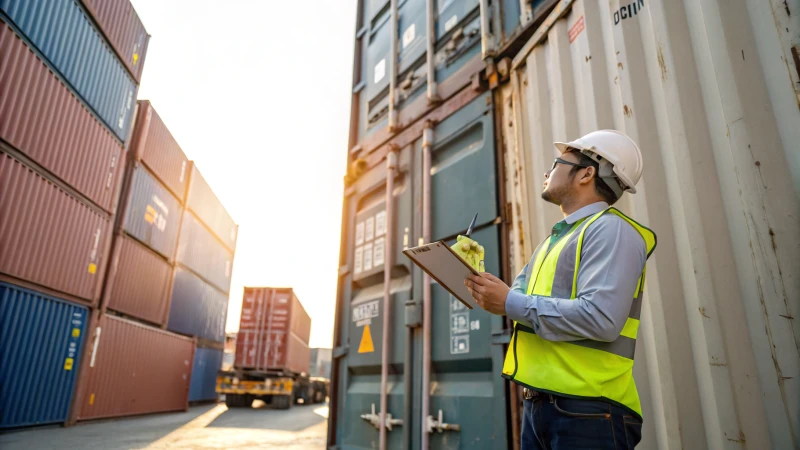
Selecting the Right Seal
When it comes to choosing the right seal, I’ve learned it’s a bit like picking out a reliable lock for your front door. You want something sturdy and trustworthy. I usually opt for seals that meet industry standards like ISO 1771215. These seals come with high tamper-evidence features—think of them as the silent guardians of your cargo.
| Seal Type | Description | Application |
|---|---|---|
| Bolt Seals | High-security seals ideal for ocean freight | Cargo containers |
| Cable Seals | Provide flexibility for irregular locking points | Containers, trucks, railcars |
| Plastic Seals | Tamper-evident, cost-effective for short transit | Local deliveries, air cargo |
Proper Application Techniques
Now, applying these seals isn’t just about snapping them on and hoping for the best. It’s more like a carefully choreographed dance. Here’s how I do it:
- Visual Inspection: Before applying, I inspect each seal meticulously to catch any defects.
- Secure Placement: The seal is then positioned on the designated locking mechanism—imagine it as finding just the right groove.
- Verify Locking: A gentle tug confirms that it’s fully engaged and locked in place.
- Document the Seal Number: Finally, I jot down the seal number on shipping documents, which feels like leaving a breadcrumb trail for tracking.
Importance of Documentation and Audits
Maintaining records is my safety net for accountability and compliance16. I’ve created a seal verification checklist that includes:
- Seal Number
- Date and Time of Application
- Inspector’s Signature
- Condition of Seal
Regular audits act like health check-ups to ensure that all sealing procedures are followed to the letter. On arrival, inspecting seals for tampering is my way of saying, "I care about what’s inside this box."
Regulatory Compliance
I adhere to regulations such as CTPAT17 to ensure our sealing practices align with international security standards. It’s not just about ticking boxes; it’s about smoothing the customs clearance process and safeguarding our shipments.
For those who crave more detailed insights on regulations and best practices, I recommend delving into the latest guidelines provided by logistics authorities and industry experts.
[claim claim="ISO 17712 seals have high tamper-evidence features." istrue="true" explanation="ISO 17712 seals are designed to provide high security and tamper evidence."]
[claim claim="Regular audits are unnecessary for seal verification." istrue="false" explanation="Audits ensure procedures are followed correctly and detect tampering."]
Conclusion
Properly loading flexitanks involves inspecting containers, ensuring correct installation, managing fill rates, and maintaining documentation to prevent mishaps and ensure safe transport of bulk liquids.
-
Understand essential inspection techniques to ensure container safety before shipping. ↩
-
Learn why maintaining cleanliness in shipping containers is critical for food safety. ↩
-
Discover key regulations to ensure safe and legal transport of hazardous goods. ↩
-
Find out what documentation is needed to streamline international shipments. ↩
-
Learn how incorrect flexitank setup can disrupt operations, helping you avoid costly delays and ensure smooth loading processes. ↩
-
Explore how correct installation practices enhance loading operations, boosting overall efficiency in supply chain management. ↩
-
Learn effective methods for inspecting shipping containers to avoid loading errors. ↩
-
Discover comprehensive guidelines for safe and efficient loading practices. ↩
-
Learn more about effective pre-loading inspection techniques to ensure a safe and efficient loading process. ↩
-
Explore why using safety-certified tools is essential in preventing accidents during loading. ↩
-
Discover how real-time monitoring systems can improve safety and efficiency in logistics operations. ↩
-
Understand the critical role of staff training in maintaining safety and efficiency during loading processes. ↩
-
Advanced sensor technology provides real-time monitoring, reducing risks associated with overfilling or leaks. ↩
-
Training programs enhance staff competency in handling flexitanks, ensuring operational efficiency and safety. ↩
-
This link will guide you through the ISO 17712 standards essential for ensuring high-security seals. ↩
-
Explore why meticulous documentation is crucial for maintaining shipment integrity and security. ↩
-
Discover comprehensive guidelines on how to comply with CTPAT standards to enhance shipment security. ↩
